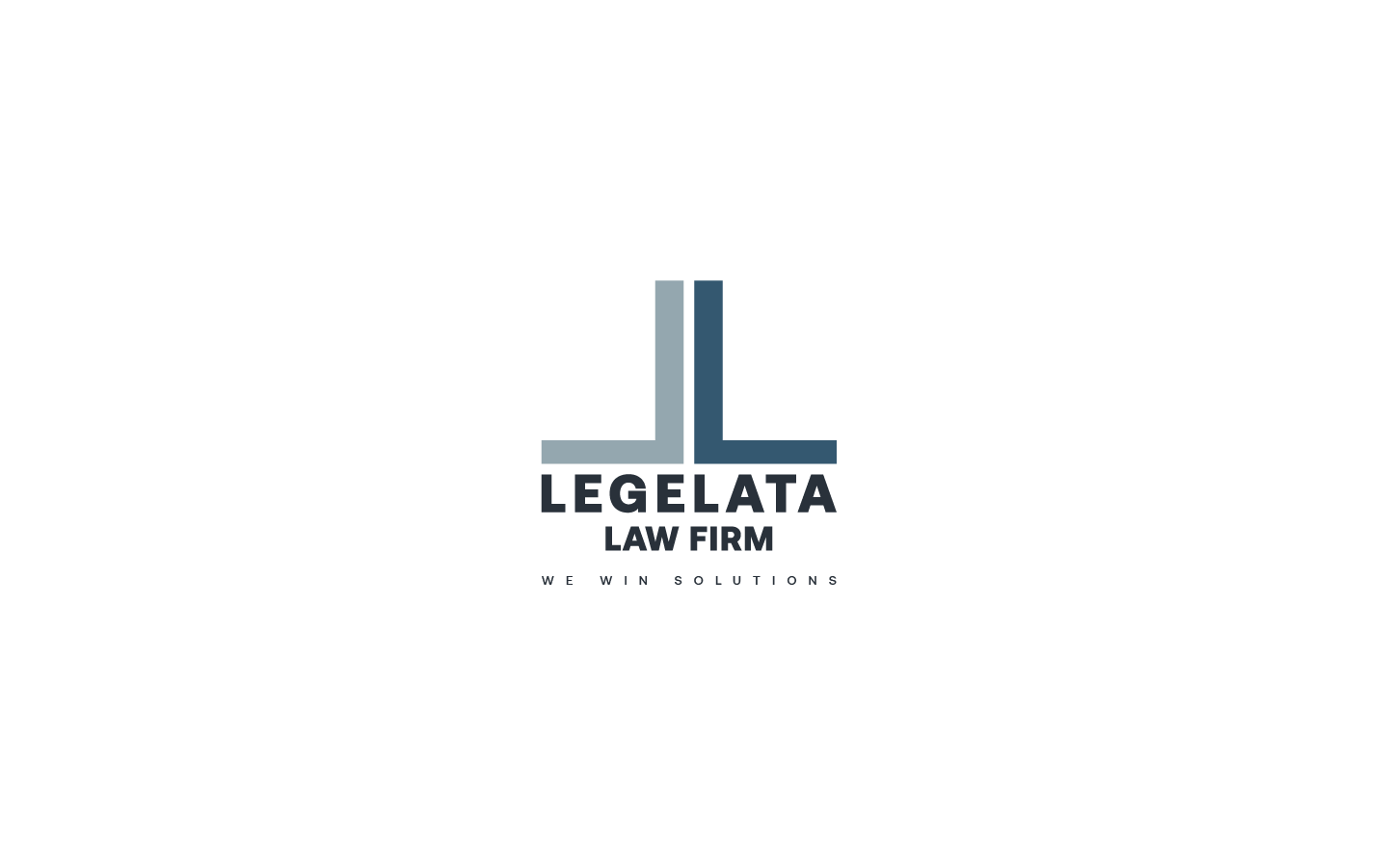A trademark is considered equivalent to the point of confusion with another familiar one if it is associated with it as a whole (that is, it evokes in a person (the average user) the feeling of perceiving the same image, word, color, their relationship, meaning), despite the presence of low content carbohydrates. In this case, designation signs are associated as a whole if the main elements or parts of these signs are formed or executed in such a way that, upon seeing one of them, the average consumer has an idea of another sign that he has already encountered (recognizes, knows). It should be taken into account that the presence of several symbols in trademarks that do not significantly influence the perception of the mark is usually determined as a result of their direct comparison and, as a rule, is not perceived by the user. consumer when choosing a product.
1. Criteria for determining the similarity of trademarks to ridiculousness in US law.
US case law has clearly articulated the criteria for determining trademark confusing similarity in Polaroid Corporation v. Polarad Electronics Corporation, in which the court identified likelihood of confusion as a criterion for granting trademark protection and developed a list of factors that must be taken into account. taken into account by the court when determining metals or the possibility of mixing.
This list consisted of the following eight factors, called the Polaroid Test.
1. the strength of the plaintiff's trademark,
2. similarity of trademarks of the plaintiff and the defendant,
3. density of goods marked with trademarks of the plaintiff and defendant,
4. the likelihood that the plaintiff will expand its activities and sell goods in the defendant's market,
5. evidence of actual confusion,
6. the meaning of the defendant,
7. quality goods marked with the trademarks of the plaintiff and the defendant,
8. consumer sophistication.
Criteria for determining confusing similarity of trademarks in EU law
In Directives No. 89/104/EEC of December 21, 1988, No. 2008/95/EC of October 22, 2008 and No. 2015/2436 of December 16, 2015, as well as in Regulation No. 40/94 of December 20 , 1993 and No. 207/2009 of February 26, 2009 and court orders, the following factors were added to determine the likelihood of confusion:
brand recognition in the market,
association that may arise between competing trademarks,
degree of similarity between competing trademarks,
the degree of equality between goods and services identified by competing brands.
2. Criteria for determining confusing similarity of trademarks in the legislation of the Republic of Armenia
The Court of Cassation, in the terms of case No. VD/4241/05/11, found that in order to establish the fact of use of a confusingly existing trademark, the simultaneous presence of the following 3 components is necessary:
1. identity or similarity of the respective trademarks (except for well-known trademarks),
2. compatibility signs,
3. risk of misleading the consumer.
1) Identity or similarity of the respective trademarks:
When comparing, the identity of products, types of products, features of product production (technological), area of use of products, conditions for selling products (sales premises and order) are highlighted.[2]
2) Similarity of features:
The similarity of trademarks depends on the type of trademark, but one way or another changes to the following:
1) The presence of semantic similarity (semantic), if the compared symbols express the same or similar ideas or directly opposite ideas. Semantic similarity occurs when words are translated from one language to another. You can avoid the possibility of contrasting the meaning of a trademark when registering a trademark if you use fictitious words.
2) Sound similarity (phonetic) occurs when the initial and final parts of trademarks coincide, the composition of vowel sounds coincides, or there are contradictions. Strengthens the sound similarity of one beat, the coincidence of the middle parts, the same number of syllables, the presence of paired matches (for example, Barra Tact - Parbarra Tact, Samsung - Samsung).
3) Visual similarity (graphic) exists if the signs strongly enhance the visual impression, taking into account the external form, the font and alphabet used, colors and shades, and the similarity of the main elements.[3]
3. Potential for consumer confusion.
The most common criterion for the similarity of trademarks is the possibility of their confusion by the consumer in the conditions of economic turnover. When comparing the similarity of marks, it is noted that the consumer usually does not have the opportunity to compare two marks, and it is assumed that the overall impression he has is from a mark he has seen before.[4]
4. Features of protection of a well-known trademark.
A well-known trademark is protected not only in relation to goods
Author:
Emma Petrosyan
Associate, Legelata Law Firm
DISCLAIMER:
This material is produced for Legelata LLC. The information contained in this piece is provided for general informational purposes only and does not contain a comprehensive analysis of each item described. Prior to undertaking (or not to undertaking) any actions, the reader is advised to seek professional advice tailored to their specific situation. Legelata or the author accepts and holds no liability for acts or omissions taken in reliance upon the contents of the contained information in this material.
LEGELATA LLC 2024












